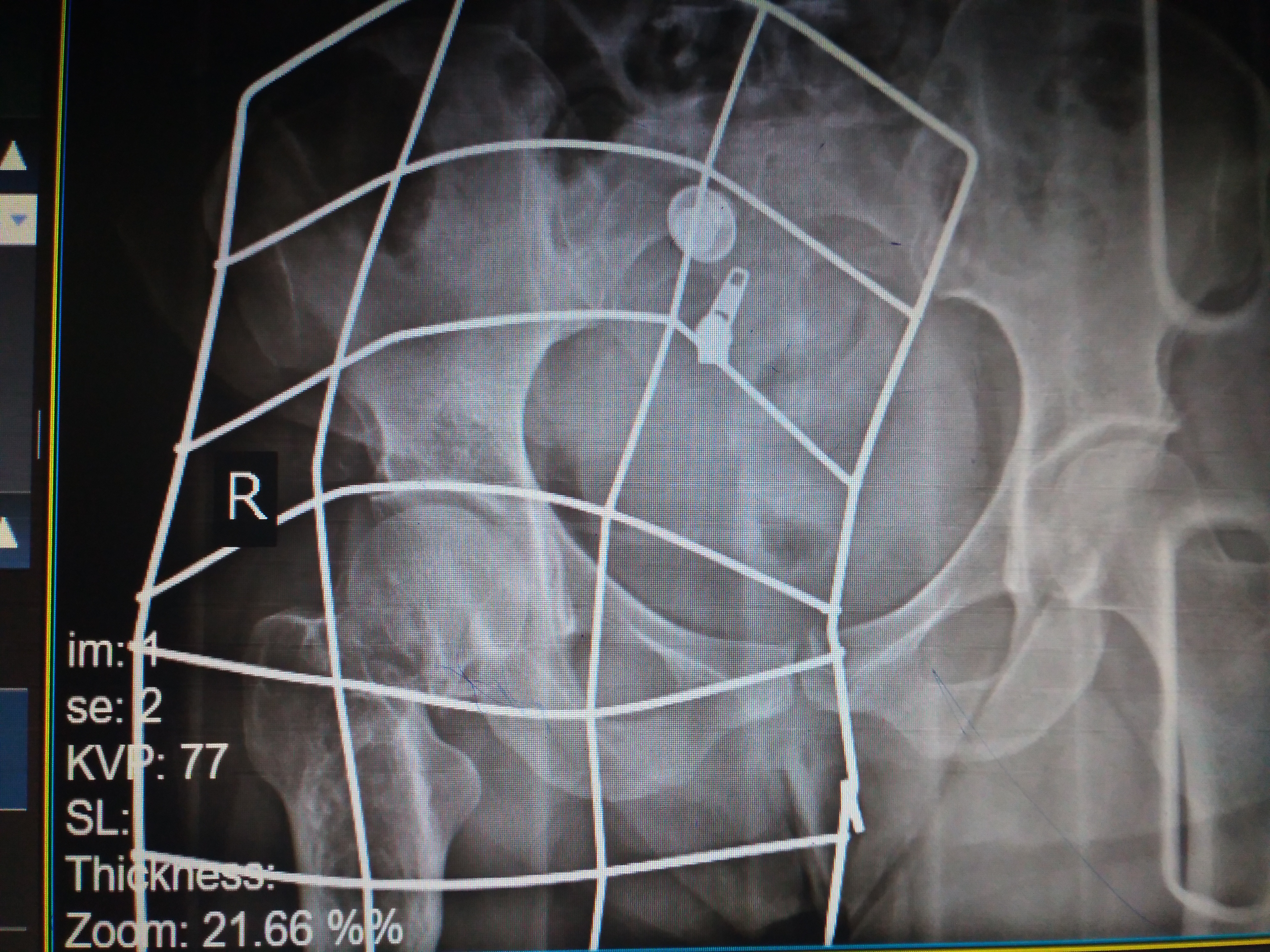Bone fracture historical perspective

For patient information click here
|
Bone fracture Microchapters |
|
Diagnosis |
|---|
|
Treatment |
|
Case Studies |
|
Bone fracture historical perspective On the Web |
|
American Roentgen Ray Society Images of Bone fracture historical perspective |
|
Risk calculators and risk factors for Bone fracture historical perspective |
Editor-In-Chief: C. Michael Gibson, M.S., M.D. [1]; Associate Editor(s)-in-Chief: Mohammadmain Rezazadehsaatlou[2].
Overview
Any type of bone break is a fracture. The word break is not used in formal orthopedic terminology.
Bone fracture historical perspective
3000 BC: The earliest examples of fractures and related splinted before death found at Naga-ed-der (about 100 miles north of Luxor in Egypt.
Until 19th century: Splintage with wooden apparatus was the only available therapeutic option.
Then the new techniques became available.